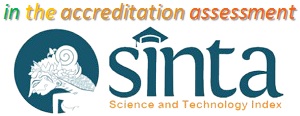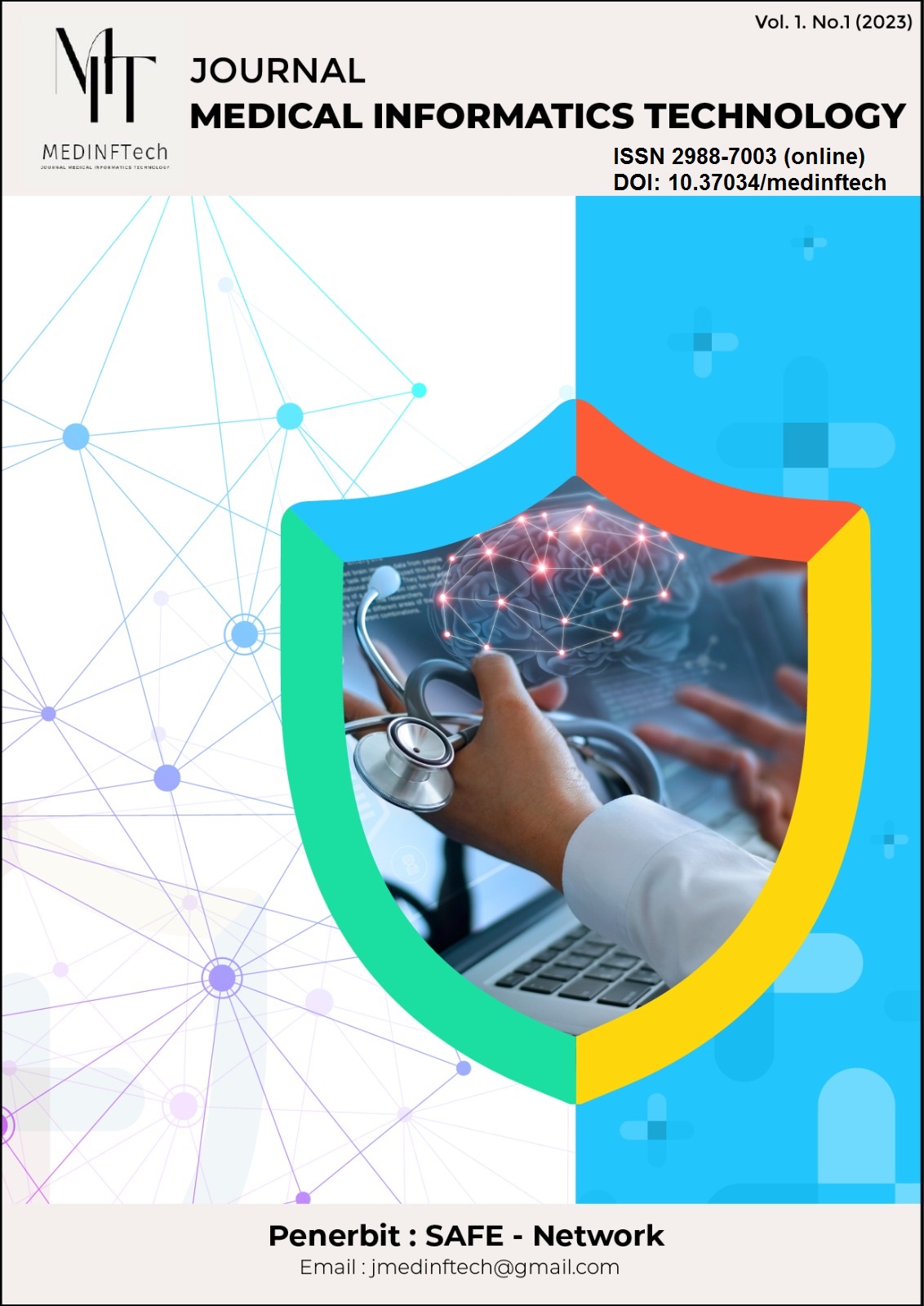Formation of Antiviral Calcium Alginate Layers Analyzed by Combining Theory, Computational Chemistry and Experiments
DOI:
https://doi.org/10.37034/medinftech.v2i4.79Keywords:
Alginate, Antiviral, Film Formation, Cell Culture Assay, Oral-nasal SprayAbstract
Alginate, a sugar polymer derived from algae, crosslinks with calcium ions to form a stable gel or film. Several studies already analyzed the antiviral properties of calcium alginate, whereby only some studies showed viral inhibition. This research investigates the biochemistry and conditions of calcium alginate networks to form gels and membranes by a combination of literature analysis, computational simulations, and spraying experiments. Cell culture assays were applied to test the potential of calcium alginate to inhibit viral entry into cells. These investigations demonstrate that protective effects on cultured cells depend on the specific alginate substance, the concentrations and the manner of deposition. The results confirmed conditions so that the calcium alginate forms effectively gel-like networks and thin membranes. Additionally, the experiments proved that over 50% of the infections of cells with viral particles can be inhibited easily by calcium alginate overlaying cells.
Downloads
References
Á. Serrano-Aroca, “Antiviral Characterization of Advanced Materials: Use of Bacteriophage Phi 6 as Surrogate of Enveloped Viruses Such as SARS-CoV-2,” International Journal of Molecular Sciences, vol. 23, no. 10, p. 5335, May 2022, doi: 10.3390/ijms23105335
H. Zhang, J. Cheng, and Q. Ao, “Preparation of Alginate-Based Biomaterials and Their Applications in Biomedicine,” Marine Drugs, vol. 19, no. 5, p. 264, May 2021, doi: 10.3390/md19050264.
Andrea Straatmann, "Bestimmung physikalisch-chemischer Eigenschaften von Alginatlösungen und -gelen und von Lösungen extrazellulärer polymerer Substanzen von Pseudomonas aeruginosa SG81 mit der analytischen Ultrazentrifuge", Universität Duisburg Essen, Duisburg, 2003.
Thorsten Windhues, "Physikalisch-chemische Charakterisierung von extrazellulären polymeren Substanzen und deren Alginatkomponenten mit Streulichtmethoden", Gerhard Mercato Universität, Duisburg, 2002.
Y. Wang et al., “Doubling growth of egg-box structure during Calcium-mediated molecular assembly of alginate,” Journal of Colloid and Interface Science, vol. 634, pp. 747–756, Mar. 2023, doi: 10.1016/j.jcis.2022.12.096.
R. Abka-khajouei, L. Tounsi, N. Shahabi, A. K. Patel, S. Abdelkafi, and P. Michaud, “Structures, Properties and Applications of Alginates,” Marine Drugs, vol. 20, no. 6, p. 364, May 2022, doi: 10.3390/md20060364.
Workshop, Swiss Science Center Technorama, Technoramastrasse 1 , 8404 Winterthur; www.technorama.ch: https://www.technorama.ch/en/scout/workshops-and-openlabs
L. Cao, W. Lu, A. Mata, K. Nishinari, and Y. Fang, “Egg-box model-based gelation of alginate and pectin: A review,” Carbohydrate Polymers, vol. 242, p. 116389, Aug. 2020, doi: 10.1016/j.carbpol.2020.116389.
H. Hecht and S. Srebnik, “Structural Characterization of Sodium Alginate and Calcium Alginate,” Biomacromolecules, vol. 17, no. 6, pp. 2160–2167, May 2016, doi: 10.1021/acs.biomac.6b00378.
I. M. N. Vold, K. A. Kristiansen, and B. E. Christensen, “A Study of the Chain Stiffness and Extension of Alginates, in Vitro Epimerized Alginates, and Periodate-Oxidized Alginates Using Size-Exclusion Chromatography Combined with Light Scattering and Viscosity Detectors,” Biomacromolecules, vol. 7, no. 7, pp. 2136–2146, Jun. 2006, doi: 10.1021/bm060099n.
I. Zazzali, T. R. Aguirre Calvo, V. M. Pizones Ruíz-Henestrosa, P. R. Santagapita, and M. Perullini, “Effects of pH, extrusion tip size and storage protocol on the structural properties of Ca(II)-alginate beads,” Carbohydrate Polymers, vol. 206, pp. 749–756, Feb. 2019, doi: 10.1016/j.carbpol.2018.11.051.
R. Geetha Bai and R. Tuvikene, “Potential Antiviral Properties of Industrially Important Marine Algal Polysaccharides and Their Significance in Fighting a Future Viral Pandemic,” Viruses, vol. 13, no. 9, p. 1817, Sep. 2021, doi: 10.3390/v13091817.
G. R. de Carvalho, A. M. Kudaka, R. A. Netto, C. Delarmelina, M. C. T. Duarte, and L. M. F. Lona, “Antiviral and antibacterial activity of sodium alginate/poly(diallyldimethylammonium chloride) polyelectrolyte film for packaging applications,” International Journal of Biological Macromolecules, vol. 244, p. 125388, Jul. 2023, doi: 10.1016/j.ijbiomac.2023.125388.
Á. Serrano-Aroca, "Antiviral Characterization of Advanced Materials: Use of Bacteriophage Phi 6 as Surrogate of Enveloped Viruses Such as SARS-CoV-2.“, Int. J. Mol. Sci., Bd. 23, Nr. 10, Mai 2022, doi: 10.3390/ijms23105335.
S. Zhang et al., “Cocktail polysaccharides isolated from Ecklonia kurome against the SARS-CoV-2 infection,” Carbohydrate Polymers, vol. 275, p. 118779, Jan. 2022, doi: 10.1016/j.carbpol.2021.118779.
A. Cano-Vicent, R. Hashimoto, K. Takayama, and Á. Serrano-Aroca, "Biocompatible Films of Calcium Alginate Inactivate Enveloped Viruses Such as SARS-CoV-2", Polymers, Bd. 14, Nr. 7, S. 1483, Apr. 2022, doi: 10.3390/polym14071483.
R. Proksch, M. Georgakis, E. Künnemann, patent WO2023052310A1, https://worldwide.espacenet.com/patent/search/family/078086237/publication/WO2023052310A1?q=WO2023052310A1
M. Hoffmann et al., “SARS-CoV-2 variants B.1.351 and P.1 escape from neutralizing antibodies,” Cell, vol. 184, no. 9, pp. 2384-2393.e12, Apr. 2021, doi: 10.1016/j.cell.2021.03.036.
C. Wandrey, "Biocompatibility of alginate," Artificial Cells, Blood Substitutes, and Immobilization Biotechnology, vol. 32, no. 4, pp. 503–505, Jan 2004, doi: 10.1081/bio-200039605.









